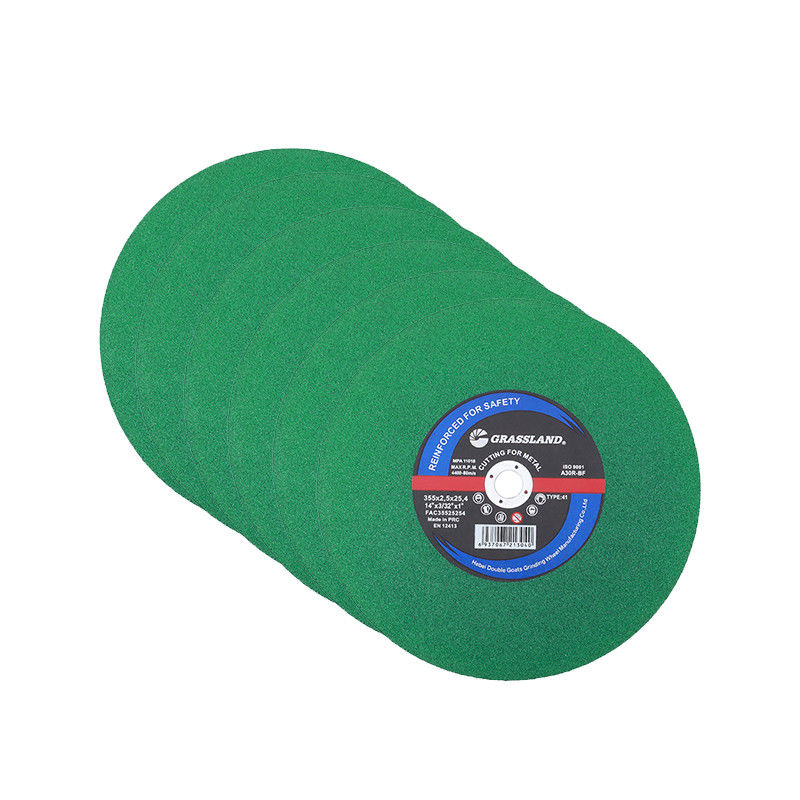Understanding Cutting Discs for Metal A Comprehensive Guide
Cutting discs, also referred to as cutting wheels, play an integral role in metalworking and fabrication. They are essential tools used for slicing through various types of metal, making them invaluable in both professional workshops and DIY projects. Understanding the different types of cutting discs available, their materials, and proper usage is essential for achieving optimal results and ensuring safety while working with metal.
Types of Cutting Discs
Cutting discs for metal come in different types, each designed for specific applications and materials. The most common types include
1. Fiberglass Reinforced Cutting Discs These are highly durable and are suitable for cutting ferrous metals, stainless steel, and non-ferrous metals. The fiberglass reinforcement provides extra strength, reducing the risk of breakage during use.
2. Diamond Cutting Discs These discs are equipped with diamond segments and are primarily used for cutting hard materials such as stainless steel and cast iron. They offer a longer lifespan and produce cleaner cuts compared to traditional metal cutting discs.
3. Oxide and Ceramic Cutting Discs Made from aluminum oxide or ceramic, these discs grant versatility in metalworking. They are effective for cutting softer metals, while ceramic discs are known for their ability to withstand higher temperatures.
Material Considerations
The material of the cutting disc is crucial in determining its effectiveness and longevity. Most cutting discs are made from abrasive materials such as aluminum oxide, silicon carbide, or diamond. Here’s a brief overview of some common materials
- Aluminum Oxide This is one of the most common abrasive materials used for cutting discs. It is effective for cutting various metals and is known for its durability.
- Silicon Carbide Primarily used for non-ferrous metals, silicon carbide discs are highly effective for cutting brittle materials and provide a fine finish.
- Diamond The hardest known material, diamond cutting discs are exceptional for high-precision cuts on metals like stainless steel. They offer minimal wear and deformation during operation, making them ideal for heavy-duty applications.
Choosing the Right Cutting Disc
cutting discs metal

Selecting the right cutting disc depends on multiple factors, including the type of metal being cut, the thickness of the material, and the specific cutting requirements. Here are some tips for choosing the correct cutting disc
1. Material Compatibility Ensure the disc is compatible with the metal you intend to cut. For instance, steel requires different disc considerations than aluminum.
2. Thickness of Material Thicker materials often require thicker grinding wheels that can withstand the additional pressure during cutting.
3. Angle Grinder vs. Chop Saw Different tools may require different types of cutting discs. Angle grinders often utilize thinner discs for speed and precision, while chop saws may use thicker, sturdier discs.
Safety Precautions
When working with cutting discs, safety should always be a priority. Here are essential safety guidelines
- Personal Protective Equipment (PPE) Always wear appropriate PPE, including safety goggles, gloves, and hearing protection. These will provide necessary protection from sparks, debris, and noise.
- Inspect Discs Before Use Check cutting discs for any signs of damage or wear. Never use a disc that is cracked, warped, or overly worn out.
- Proper Installation Ensure that the cutting disc is installed correctly and securely on the machinery to prevent accidents during usage.
- Work Environment Maintain a clean and organized workspace. Remove flammable materials and ensure proper ventilation to prevent inhalation of dust and fumes.
Conclusion
Understanding the intricacies of cutting discs for metal can significantly impact the efficiency and safety of any metalworking project. By selecting the appropriate type of disc, considering material compatibility, and adhering to safety precautions, users can achieve optimal results while minimizing risks. As technology continues to evolve, staying informed about the latest advancements in cutting disc technology will also enhance the quality of metal cutting and fabrication in various industries.
Post time:Dec - 04 - 2024

















